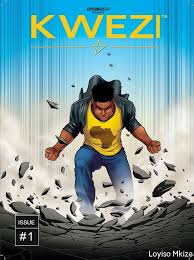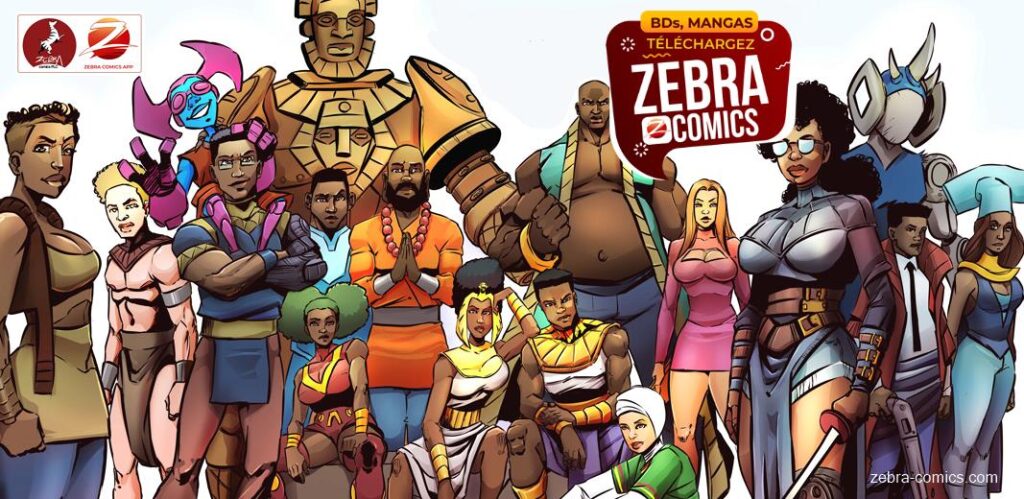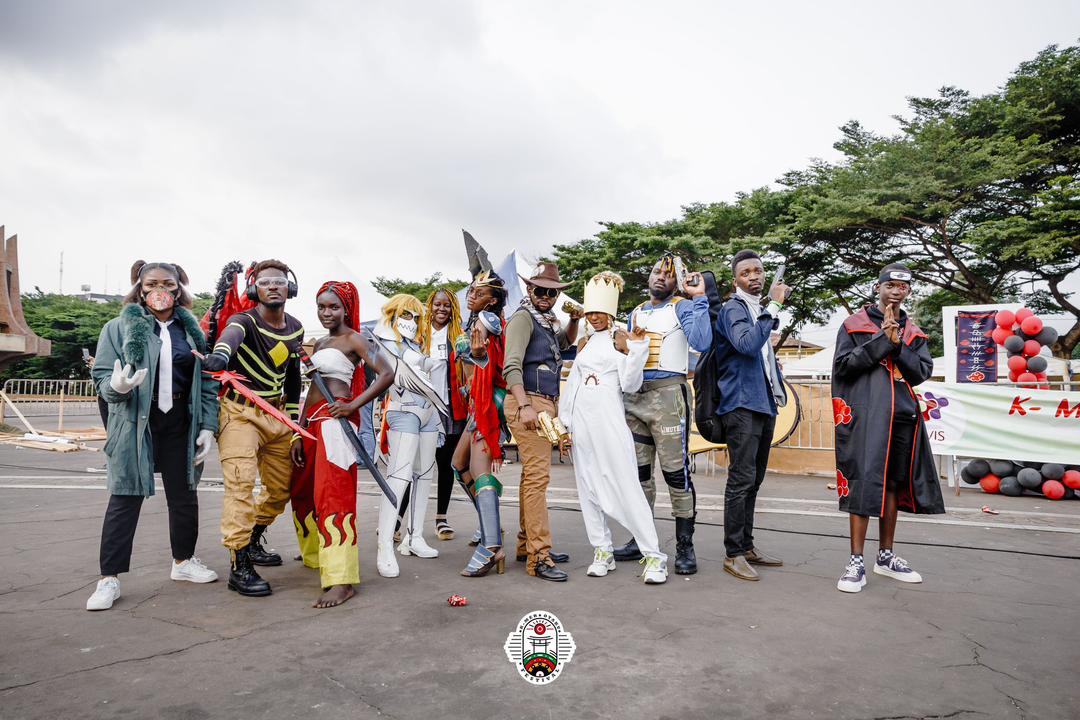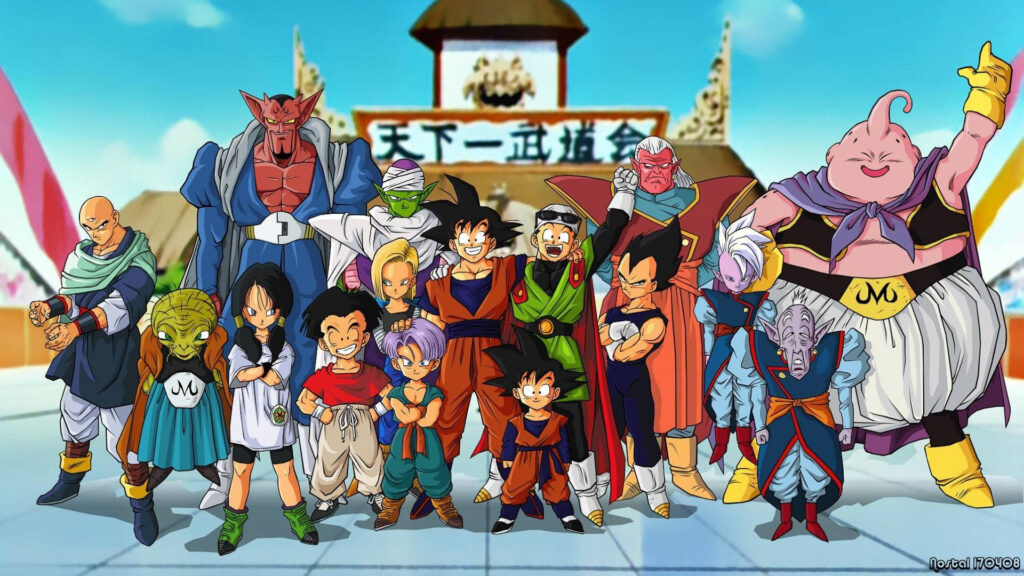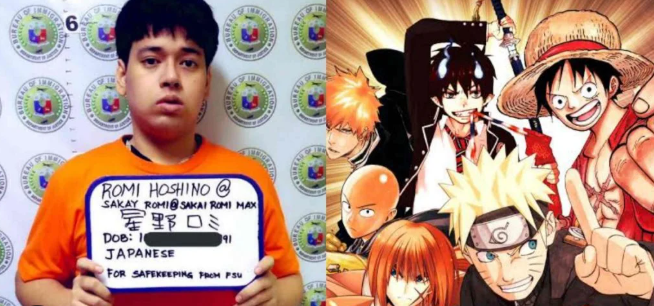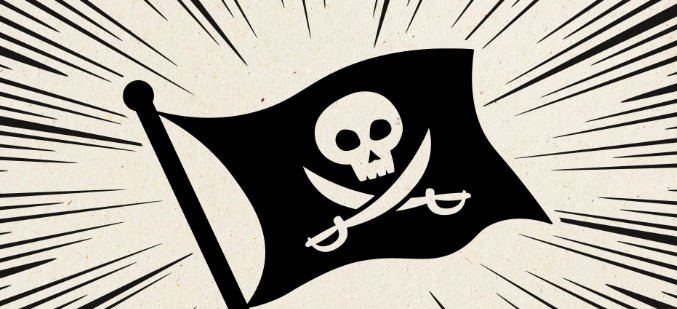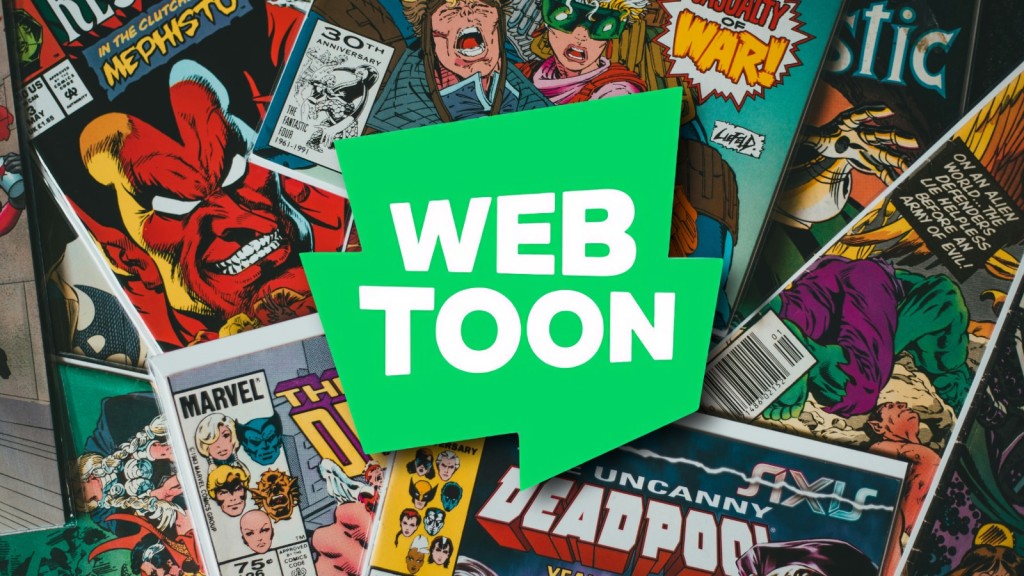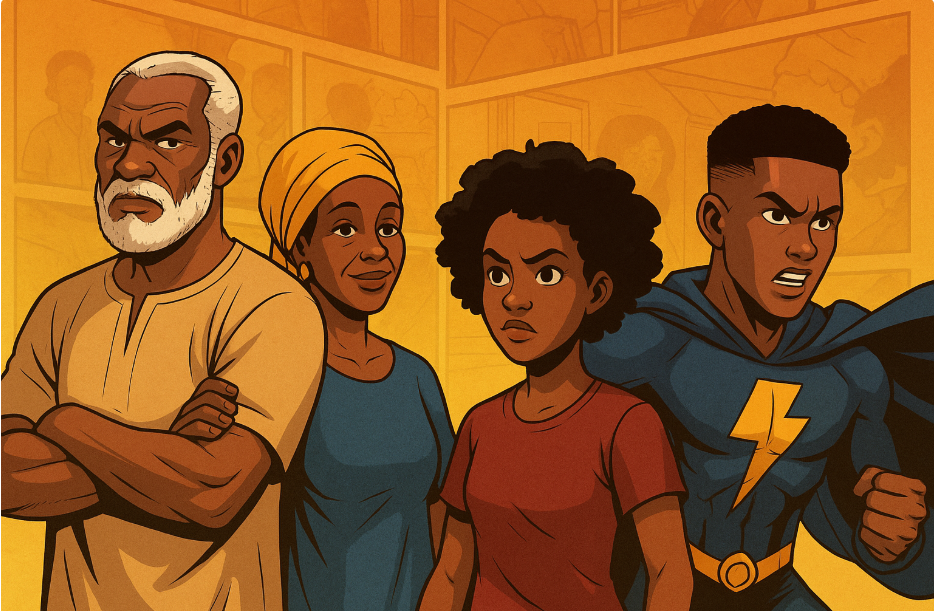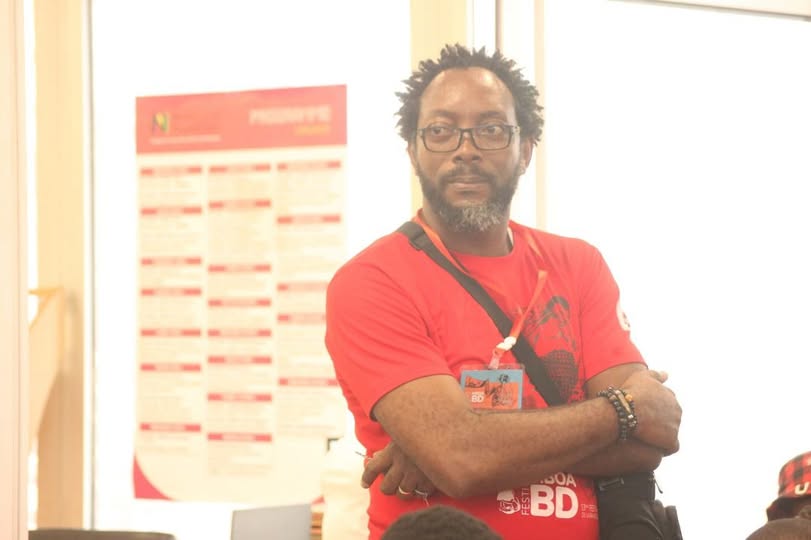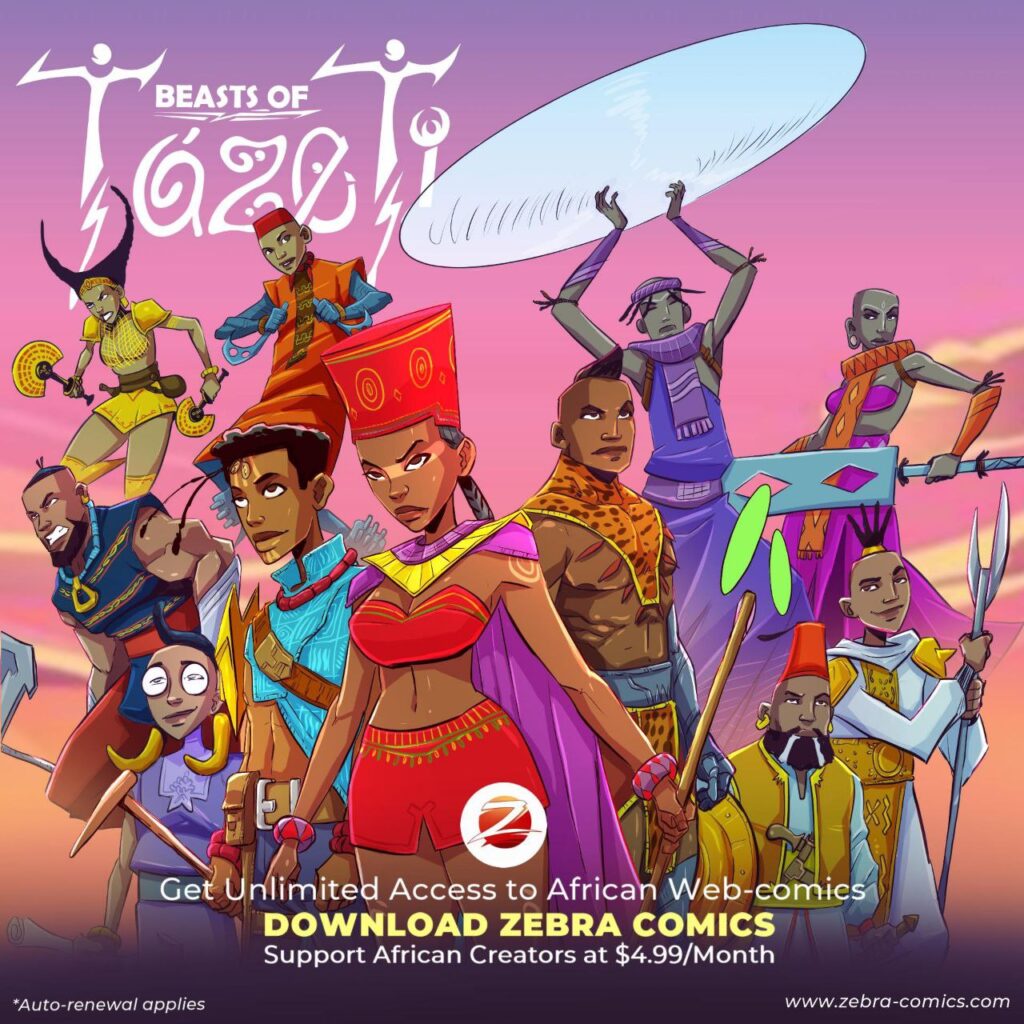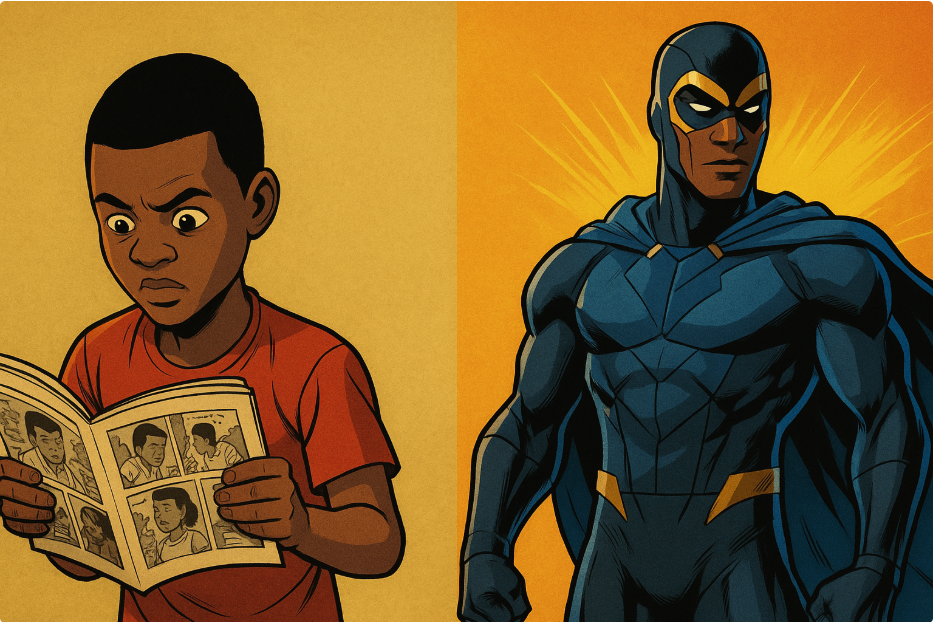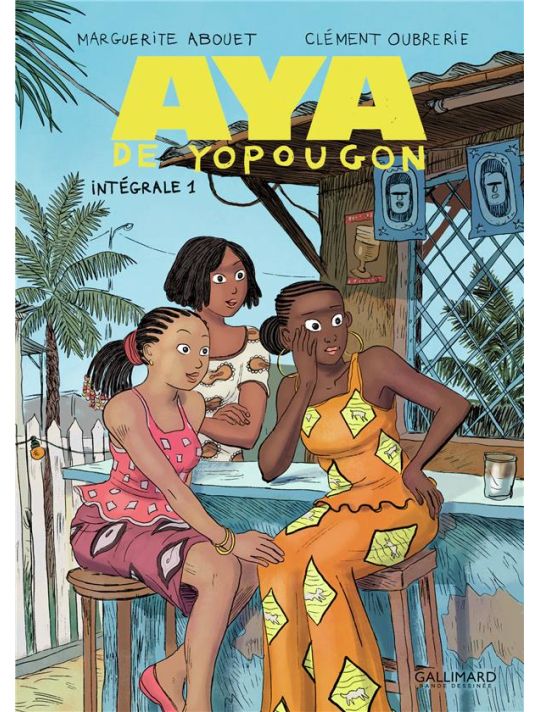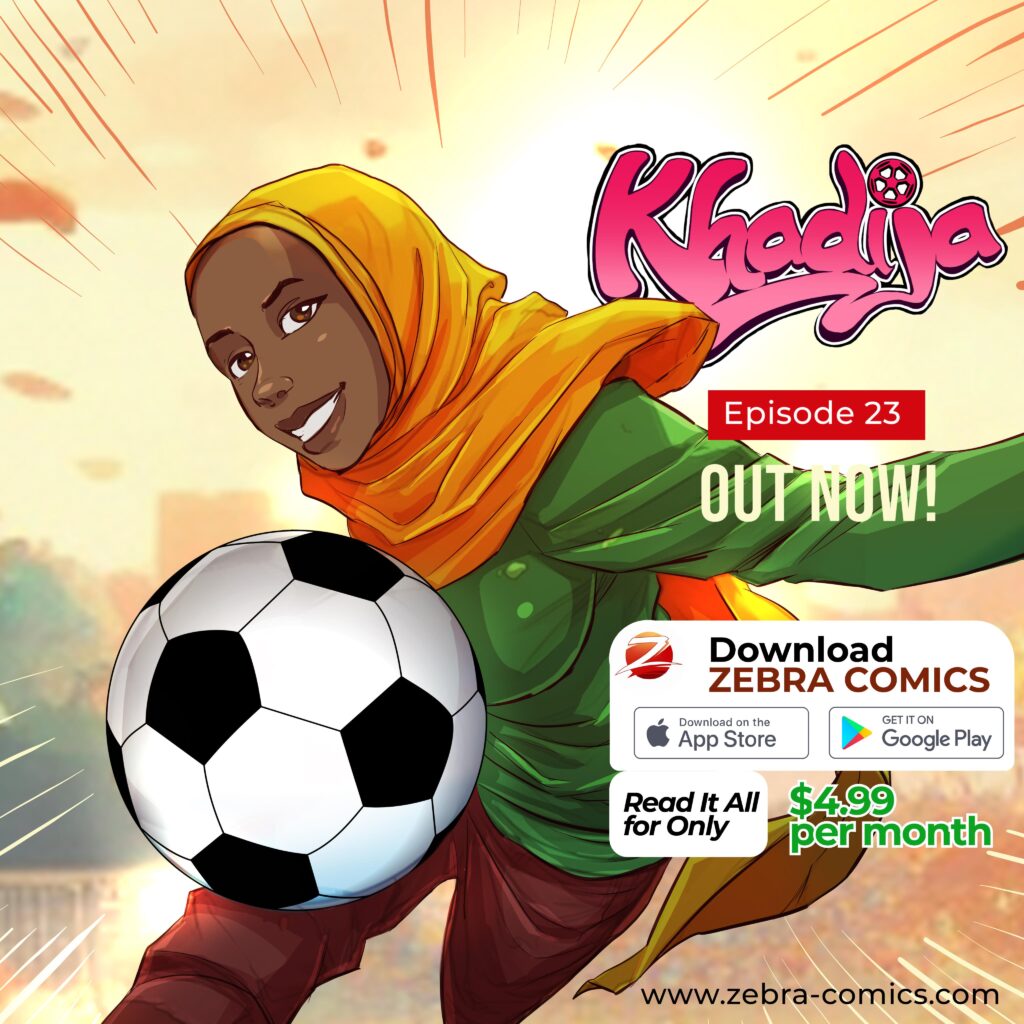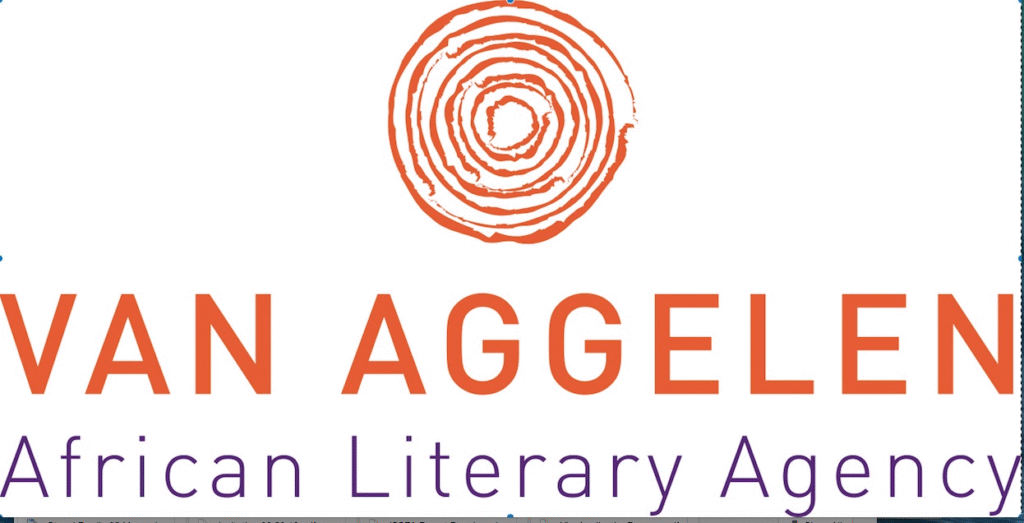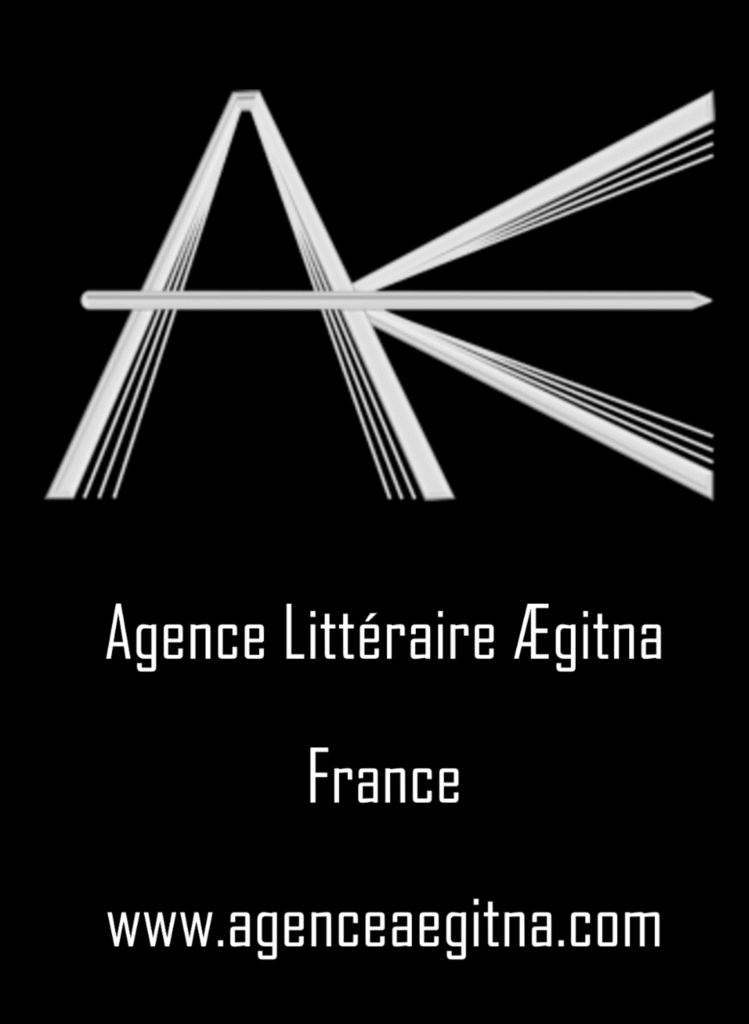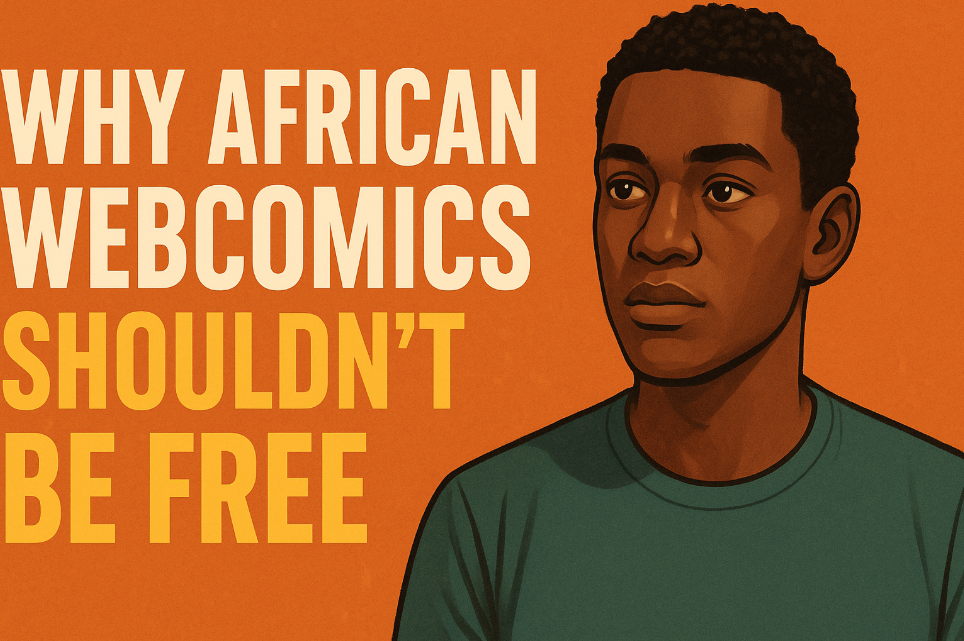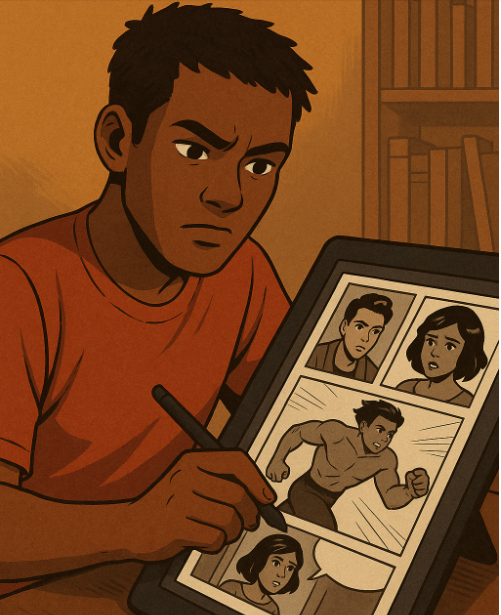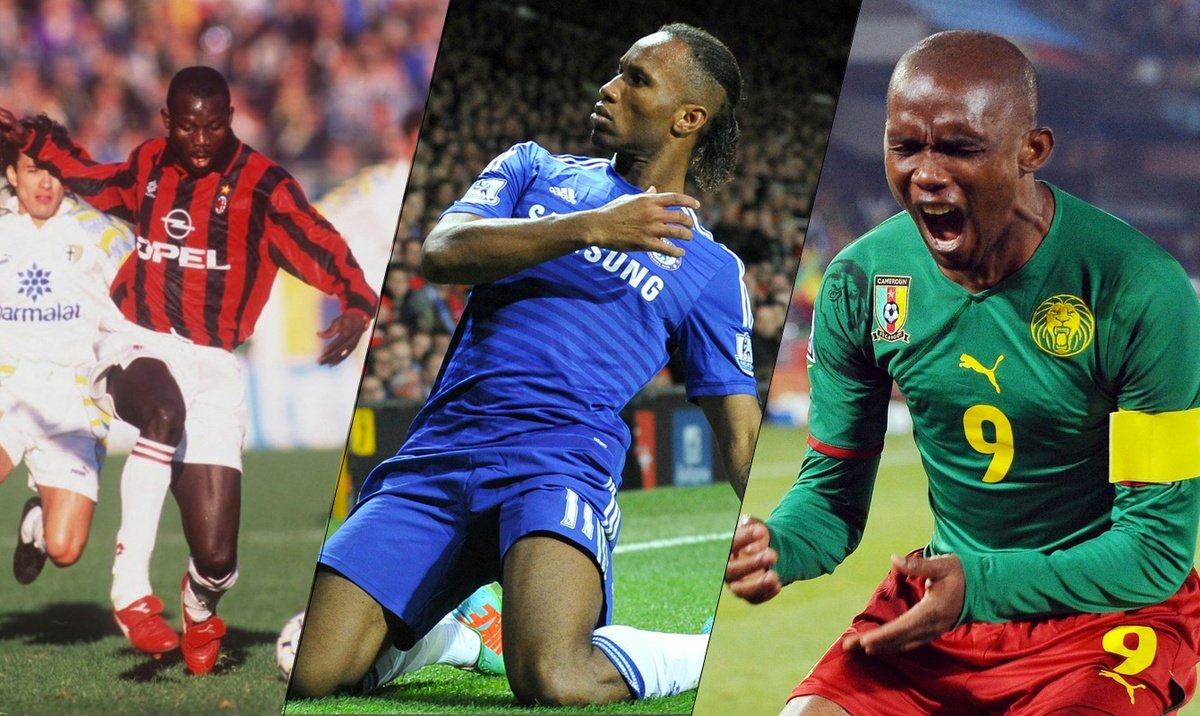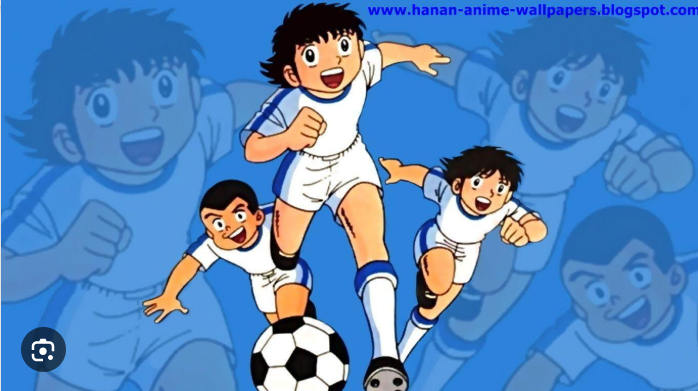Il fut un temps où les histoires ne vivaient qu’entre les pages. L’odeur de l’encre fraîche, les doigts tachés, le poids obstiné d’un roman dans un sac à dos, voilà les rituels sacrés de la lecture. J’ai grandi dans cet univers. Qu’il s’agisse de bandes dessinées, de romans ou de lourds livres académiques, tout se lisait sur papier. Tangible. Permanent.
Puis Internet est arrivé.
Je me souviens encore de mes années à l’Université de Yaoundé I. À l’époque, accéder aux anime japonais relevait presque de la guerre spirituelle. Nous attendions les épisodes piratés de Naruto—pardonnez-nous, nous n’avions aucune autre option, comme s’il s’agissait du retour du Messie. On entendait des chuchotements sur le campus : « L’épisode est sorti ? » Et une fois visionné, vous retombiez dans un purgatoire d’incertitude. Quand viendrait le prochain ? Une semaine ? Un mois ? Nul ne savait.
Cette attente interminable nous a poussés vers quelque chose de nouveau : les scans de mangas en ligne, souvent découverts via des communautés de fans comme MangaHelpers ou Baka-Updates. Nous lisions en avance, en ligne, découvrant un autre univers—un univers où les histoires n’avaient pas besoin d’être imprimées pour être vivantes. Sans le savoir, nous assistions aux prémices de la révolution numérique de la BD en Afrique
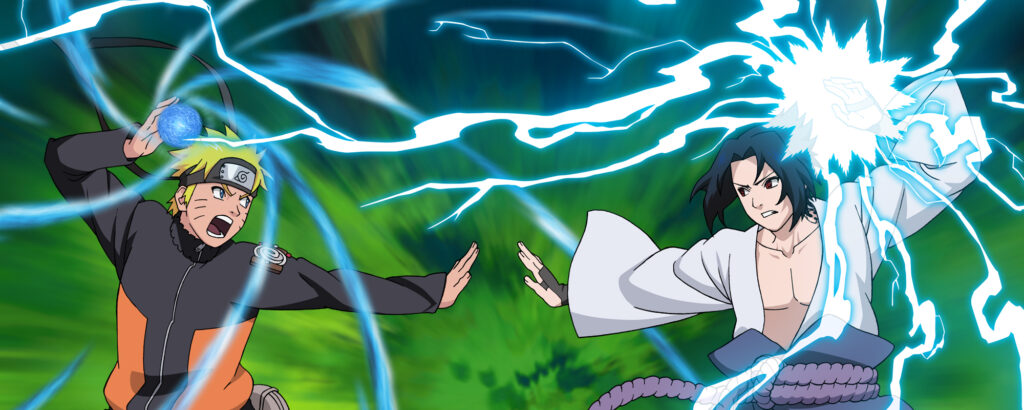
Quelques années plus tard, WEBTOON arriva. Pas un simple site : une application. Une révolution du scroll vertical. Soyons honnêtes : l’adoption n’a pas été immédiate. Nous restions fidèles au papier. Mais lorsque des œuvres comme LORE OLYMPUS et ORDEAL sont apparues et ont explosé, tout a changé. L’art était unique. Le rythme était addictif. L’accessibilité, incomparable.
Aujourd’hui, lorsque j’ouvre une application et que j’y vois Spider-Man, Star Wars ou même Gladiator, adaptés en expériences numériques, que ce soit sur des applications de webtoons ou des plateformes de comics comme Marvel Unlimited ou DC Universe Infinite—j’ai l’impression que les univers autrefois confinés aux étagères vivent désormais dans ma poche.
Pourtant, le débat continue.
Et il n’est pas silencieux.
Partout en Afrique, et dans le monde, les fans s’affrontent :
Le papier est-il meilleur ? Ou le numérique a-t-il gagné ?
Bienvenue dans la guerre des BD.
L’IMPRIMÉ : L’ANCIEN IMMORTEL
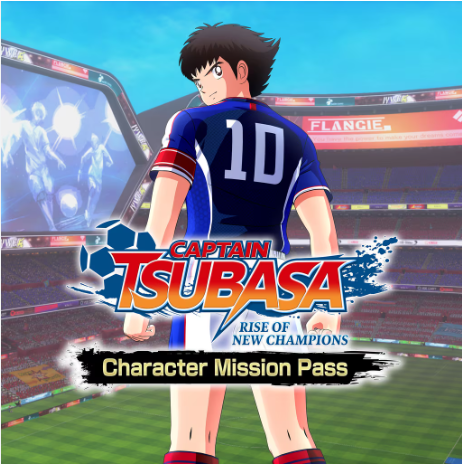
Le papier, c’est l’héritage. C’est la culture. Pour beaucoup, c’est le foyer.
Les BD imprimées, surtout en Afrique, portent une profondeur émotionnelle que le numérique ne remplace pas totalement. Ce sont des objets de collection, des ressources scolaires, des artefacts culturels. Elles décorent les étagères, se transmettent de génération en génération, et créent des liens durables.
Économiquement, l’imprimé soutient un écosystème entier : imprimeurs, libraires, distributeurs.
Et bien sûr, rien ne remplace la sensation de tourner une page ou la fierté de tenir un bel album relié.
Mais le papier a ses limites :
- Coûts élevés
- Logistique complexe
- Distribution restreinte
- Petits tirages
- Risque d’invendus
- Croissance lente
Le papier est puissant, mais il avance comme un éléphant—majestueux, mais lourd.
LE NUMÉRIQUE : LE DÉFIEUR AILÉ
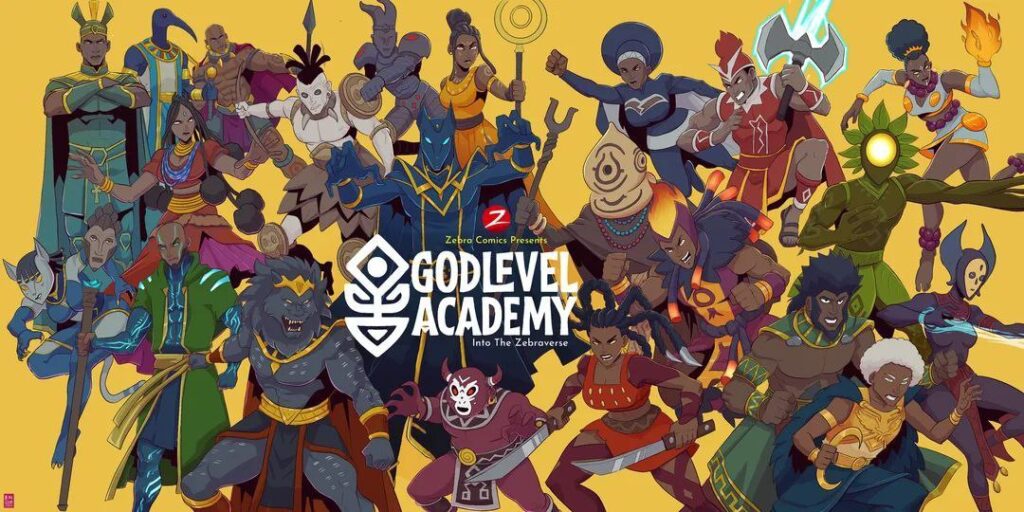
Les comics numériques sont d’une nature totalement différente.
Rapides, globaux, illimités.
Le format webtoon a créé un nouveau langage narratif : toile verticale, rythme épisodique, design mobile-first. Pour la Génération Z, élevée sur TikTok, WhatsApp et le streaming, le numérique est instinctif.
Pour les créateurs africains, le numérique brise des barrières historiques :
- Pas de coûts d’impression
- Copies illimitées
- Portée mondiale instantanée
- Monétisation intégrée
- Engagement communautaire
- Analyses en temps réel
Aujourd’hui, des plateformes comme Zebra Comics mènent la révolution numérique en Afrique, portant des webtoons africains originaux, en partenariat avec des géants tels que DC Comics, et prouvant que nos histoires méritent une place sur la scène mondiale.
Le numérique résout aussi l’un des plus grands défis du continent :
L’accès.
Votre histoire peut atteindre Lagos, Nairobi, Douala, Johannesburg, Accra et Kigali le même jour.
Mais même le numérique a ses limites : coût des données, accès aux appareils, nostalgie du papier.
LA RÉALITÉ AFRICAINE : L’AVENIR EST HYBRIDE
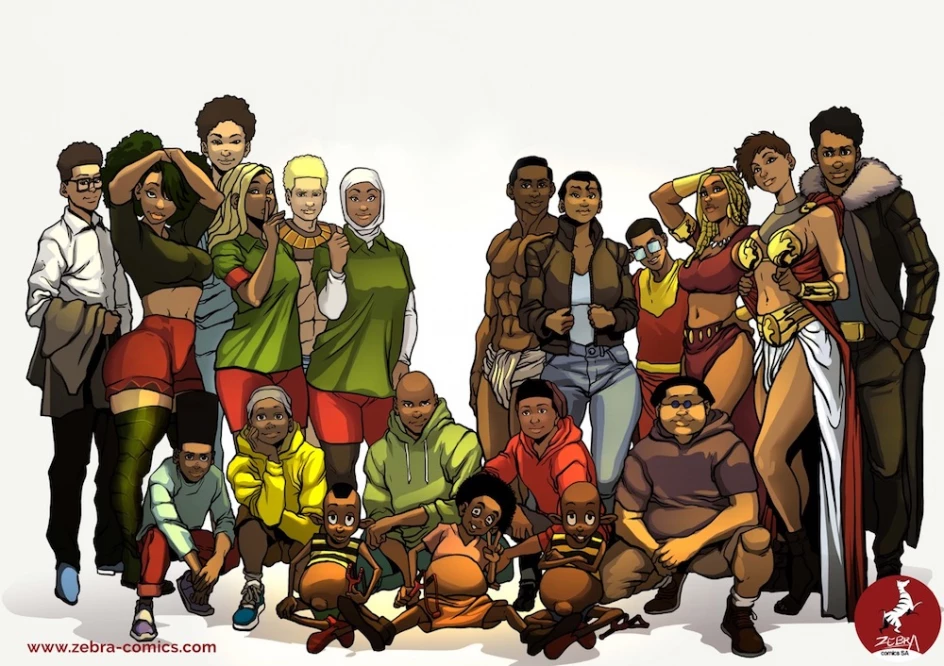
Alors, qui gagne ?
Imprimé ou numérique ?
La vérité : l’Afrique ne peut pas se permettre une guerre. Nous avons besoin des deux.
Le papier préserve notre culture.
Le numérique la propage.
Le papier construit le prestige.
Le numérique construit l’audience.
Le papier appartient aux collectionneurs, aux bibliothèques, aux festivals comme Bilili BD Festival ou Lagos Comic Con.
Le numérique appartient aux masses, à la lecture quotidienne, et à la monétisation.
Le véritable combat n’est pas entre formats,
mais entre nos histoires et l’hégémonie culturelle extérieure.
Le format n’est qu’un outil. La mission est plus grande.
CONCLUSION : CE QUI COMPTE, C’EST L’HISTOIRE
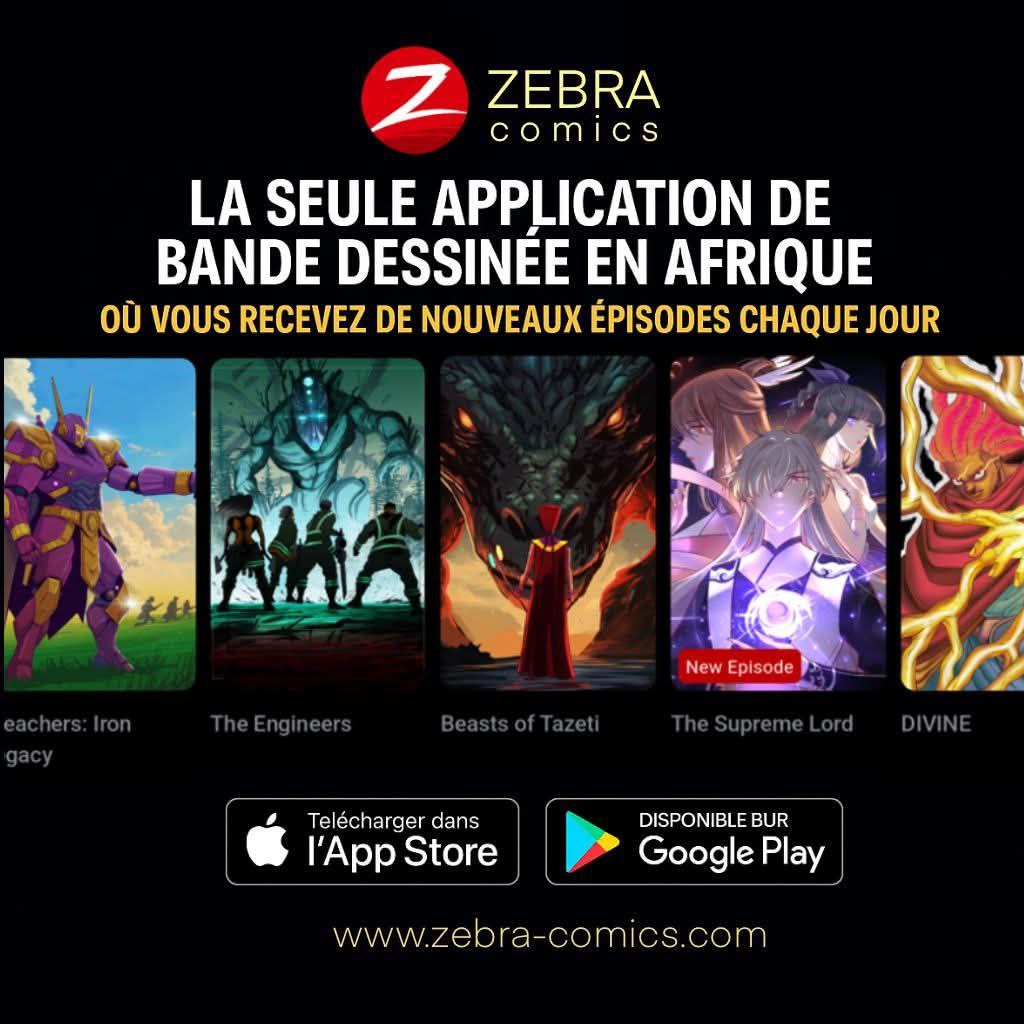
Que vous tourniez une page ou fassiez défiler un écran, une vérité demeure :
Les histoires trouveront toujours un moyen d’atteindre ceux qui en ont besoin.
L’imprimé nous a formés.
Le numérique nous a transformés.
Ensemble, ils bâtiront la renaissance africaine de la bande dessinée.
Alors, imprimé ou numérique ?
La réponse est simple :
Les deux. Parce que l’Afrique mérite tous les moyens possibles pour raconter ses histoires au monde. Commencons avec le numérique pour construire une base solide pour l’imprimé en Afrique.
Et cette guerre ?
Ce n’est pas un combat.
C’est une évolution.
Article Redigé par Franklin Agogho

